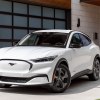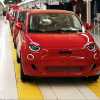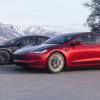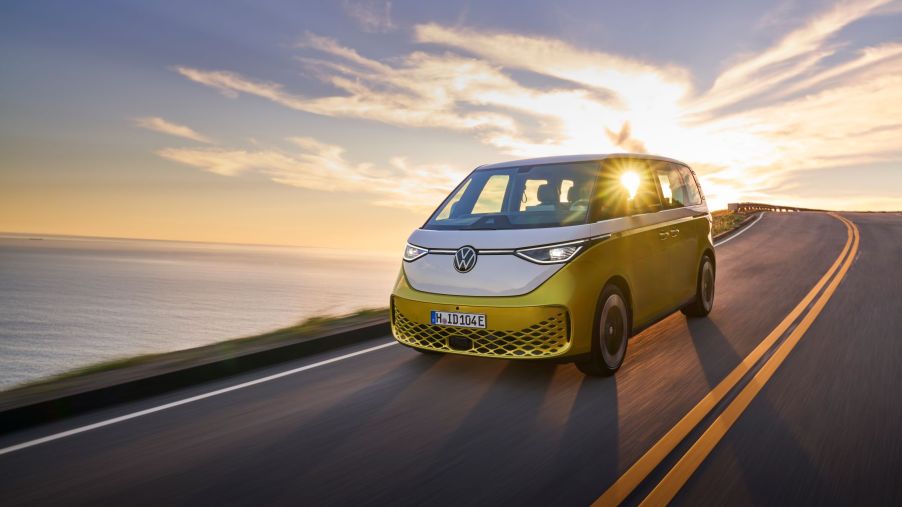
The 2024 Volkswagen ID. Buzz Is Hilariously Underpowered for Its Size (and Weight)
After a long time of waiting, VW has finally unveiled the long-awaited Volkswagen ID. Buzz microbus, and it may just live up to the hype. The ID. Buzz is a modern, all-electric take on the famous VW Bus from the 60s and 70s, and while not much is known about it right now, its specs are a little suspect. Here’s a look at the 2024 Volkswagen ID. Buzz and how it’s hilariously underpowered for its size.
An overview of the 2024 Volkswagen ID. Buzz
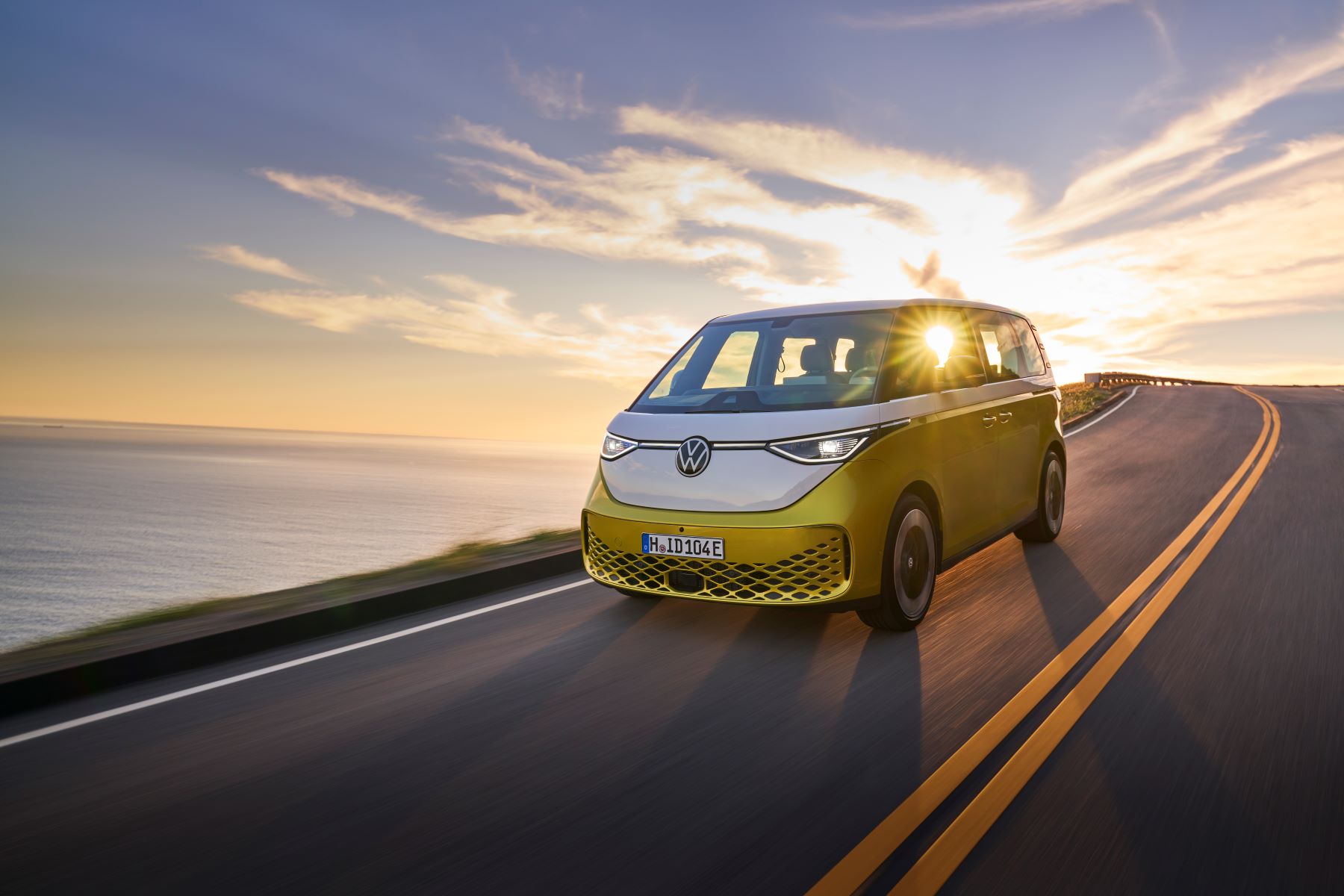
According to Car and Driver, it’s currently unknown what VW will price the Volkswagen ID. Buzz at. However, a price tag starting at about $40,000 would be reasonably realistic for an EV of its size. VW will also offer two versions of the ID. Buzz: a passenger version and one that’s meant for commercial use. However, the U.S. will only be getting the passenger version for now.
The ID. Buzz will have a 77-kWh battery, but it’s not clear what the ID. Buzz’s range will be. Car and Driver estimates that the VW van will get about 260 miles. That said, VW confirmed that the ID. Buzz will be able to fast charge with a DC charger. This will allow it to recharge from 5% to 80% in 30 minutes.
However, the best part about the VW ID. Buzz is inside. It will have three rows of seats, which will allow it to seat seven people. There will also be a lot of cool features, including tables that fold out, a removable center console, and even optional massaging front seats. There’s also a 10-inch touch screen display, as well as a digital gauge cluster display.
The 2024 VW ID. Buzz has a really poor power-to-weight ratio
With that being said, there is something pretty concerning about the Volkswagen ID. Buzz’s specs. Car and Driver says that the VW van will have two powertrain options. The standard version gets a single electric motor that gets 201 horsepower. The more powerful version has two motors, and it gets 295 horsepower instead.
Since the ID. Buzz is a large vehicle, and since it needs some big batteries, it weighs a lot. EV Database said that the ID. Buzz has an estimated curb weight of just over 5,000 pounds. This means that the ID. Buzz’s power-to-weight ratio is a mere 0.039 horsepower per pound.
That’s a worse ratio than the VW ID.4, an SUV with many similarities to the ID. Buzz. The ID.4 also comes with a 201-hp electric motor, but the ID.4 weighs about 4,700 pounds. This means that the ID.4 has a power-to-weight ratio of about 0.043 horsepower per pound. Additionally, while the ID. Buzz has a terrible power-to-weight ratio for an EV of its size, it gets even worse compared to smaller EVs.
The electric microbus compared to the Ford Mustang Mach-E
The Ford Mustang Mach-E weighs about 4,800 pounds, but since it’s a Mustang, it has a lot of power. The standard Mustang Mach-E gets about 266 horsepower, which gives it a power-to-weight ratio of 0.054 horsepower per pound. However, that’s the number for the standard versions, as more powerful options are available.
Even here, the Volkswagen ID. Buzz’s power-to-weight ratio is a joke. With the 295-hp option, the ID. Buzz has a power-to-weight ratio of about 0.058, not including the extra weight that the option will come with. The Mustang Mach-E has multiple powertrain options, and it can get up to 480 hp. That puts the Mustang Mach-E’s best power-to-weight ratio at roughly 0.098 horsepower per pound, almost double the ID. Buzz’s best.
